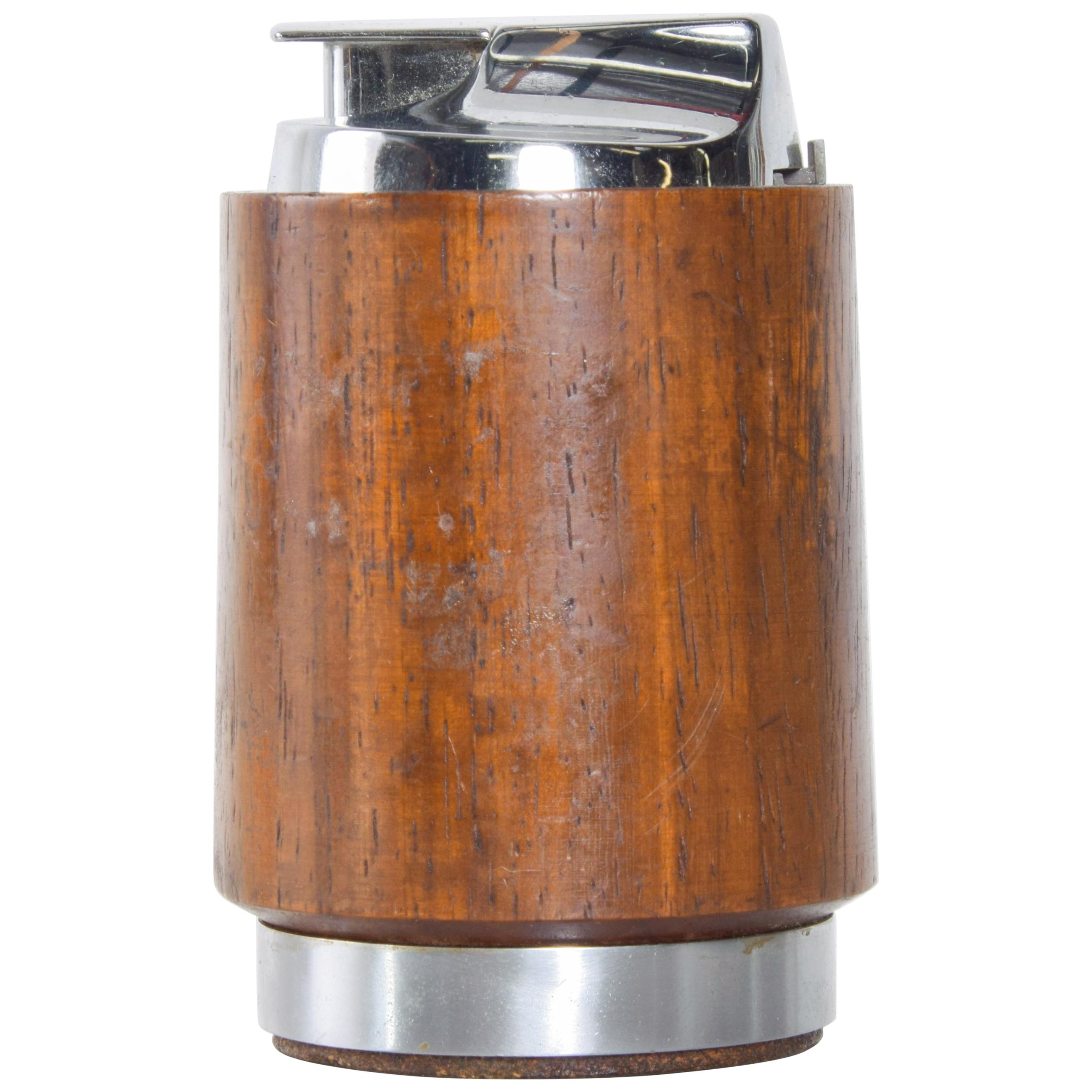
Zippos and BICs both use this fuel, but there’s one key difference.

Butaneīutane is a type of fuel that comes from petroleum. The latter is a combo of pressure and heat and is the same principle that causes your stove’s burner to light blue. It’s well-known for the helpful torch at the end, which makes lighting candles and grills a breeze! Blue FlameĪ blue flame lighter relies on butane and piezoelectricity in order to work. The barbeque lighter is new to the lighter game, having first come out in 2002. You can think of these early models as the fuel that gave the lighters you use today their spark! Modern designs and brands, like BIC and Zippo, would never have been made if it weren’t for these original styles. When you released, the spark would disappear. It was called the Banjo and worked when the handle was pushed down. The first automatic lighter was created by Ronson Lighters. These were commonly used for cigars and are still popular to this day. Semi-AutomaticsĪ lighter manufacturer named Colibri is credited for inventing semi-automatic lighters in 1928. The only difference is this type of lighter required the squeezing of a handle to ignite the fuel.


Manual strikers are similar to strikers as they also used ferrocerium. Today, you’ll often hear this type of lighter referred to as a flint lighter. Strikers contained a substance known as ferrocerium, which was used to create the spark.


 0 kommentar(er)
0 kommentar(er)
